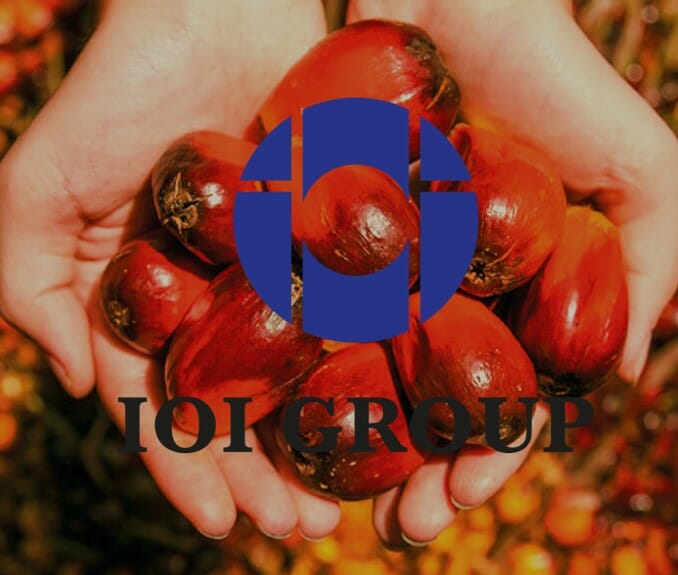Research house Kenanga is keeping its palm oil price, production cost, as well as fruit output, estimates intact even though there is concern over the impact of ongoing floods in Johor on FFB production, this was after its results briefing with IOI Corps on its 1HFY23 results.
The guidance for weaker downstream earnings for IOI in 2HFY23 is also not surprising either given the unusually strong performance in 1HFY23. Post results, Kenanga estimates are still 8% above consensus but a smaller difference compared to a 12% gap previously.
First-half EBIT fell 33% YoY mainly on higher costs as FFB output declined by just 5% while CPO price held flat YoY at RM4,294 per MT. Full-year guidance for upstream is soft but “satisfactory” performance. CPO price guidance for the full year is around RM4,000 per MT, 15% lower YoY and 2% below estimates of RM4,100 for FY23 b) FY23 FFB output of 2.7-2.8m MT is expected, implying a smaller HoH decline than the usual 15-20% HoH decline thanks to easing workers’ constraint. Ongoing floods, especially in Segamat and Kluang in Johor where 11% of IOI’s estates are, may curb production a little but IOI should still do as well as last year’s 2.727m MT. We are maintaining our FY23F expectation of 2.828m MT.
1HFY23 CPO cost was about RM2,250 per MT and likely to say sticky despite weaker fertiliser prices on higher wages and lower second half output. Kenanga said it is leaving the RM2,264 estimate unchanged. Downstream: 1HFY23 refining and specialty fats did really well on good demand and margins while oleochemical demand and margins were more muted but still good, lifting overall resource-based manufacturing earnings by 104% YoY. A weaker but still firm contribution is likely for 2HFY23 and possibly beyond in FY24F.
IOI’s palmwood factory which converts matured oil palm trunks into block boards and panels is due to complete this month to be followed by early runs with commercial production scheduled in June this year. Contribution from this project not expected to be significant (estimated at RM10m) for the moment but the re-using of matured oil palm trunks as timber will mean the carbon sequestered or stored within the trunk will stay so rather than release into the atmosphere if left to decompose in the field or worst burnt as was the practice before the 1990s. Therefore, this is a potentially giant step towards net zero.
20% associate, Bunge Loders Croklaan, is planning a new specialty fat cum refinery complex at Rotterdam which is estimated to cost US$500m. IOI is allocating US$100m towards this project. The upstream expansion will likely be more acquisition-centric, if any, rather than buying raw land. This focus is hinted when IOI resigned from the High Carbon Stock Approach (HCSA) steering committee in Feb 2023. HCSA is an internationally recognised organisation that strives to conserve high carbon area such as pristine forest or peat land. Nevertheless, IOI did indicate its current net debt of RM1.4b (13% net gearing) is low by historical measure and it is ready to gear up, if there is a need to.
Ongoing mechanisation and the arrival of more workers are already improving FFB production, which should also help better contain cost to compensate for the CPO price softness as well as weaker downstream volume and margin due to slower global economic growth. All in all, Kenanga likes IOI for its land-backed NTA, low gearing, and a good ESG rating of 4-star.









